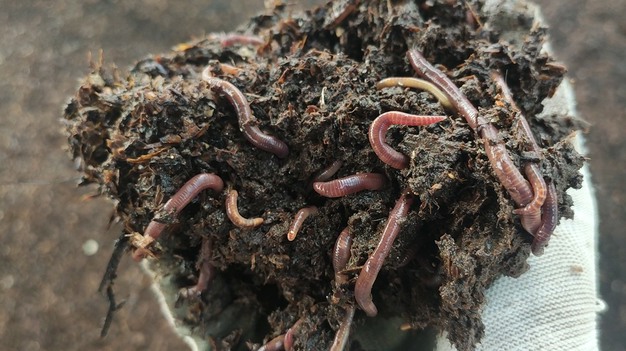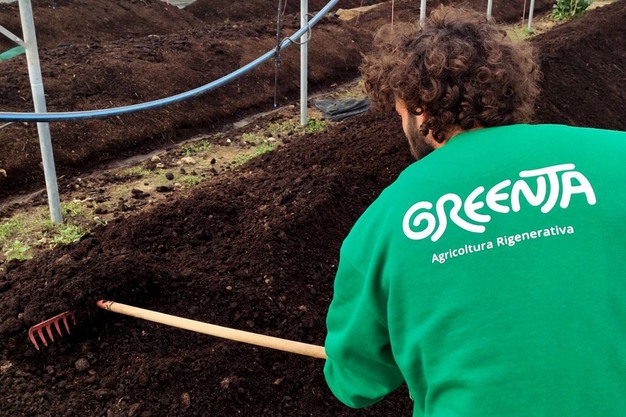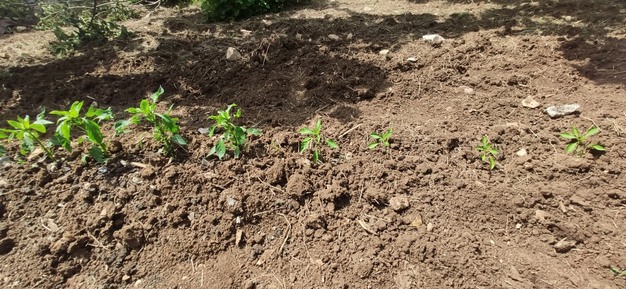It is well known that vermicompost (or earthworm humus), derived from the slow digestion of earthworms, is a universal and complete product that can improve all soil fertility components.
Among the Italian companies that produce it is Greenta, a company specialized in the regeneration of soil fertility, which is now in its second year of production, and which continues to grow with a doubling of its production and its customer base after only a few months since its launch. Davide Colasanto, one of the founders of Greenta, based in Apulia, Italy, talks about the company.

"Vermicompost can be used both as the main source of nutrients for plants and as a complement to other mineral and organo-mineral fertilizers, reducing the amount of the latter and, consequently, the total cost of fertilization. The use of humus is also ideal when starting a new planting (250 grams per plant in the hole is sufficient), to provide the initial inoculum of micro-organisms, to allow a strong rooting and thus to reduce the rate of dieback. Another way to use it is to place it in direct contact with seeds before planting in the field or seedbed to greatly improve germination and develop healthy plants."
 Bedding
Bedding
"The application in fall and late winter is an ideal practice, as it provides the necessary supply to the plants before their vegetative regeneration. It is very useful for general fertilization, but it is equally effective when applied locally. It can be added at any time to provide a biostimulating effect to crops, but it is most suitable in the pre-flowering and fruit growth stages," he adds.
Greenta mainly supplies farms, but also nurseries that use its humus mixed with potting soil. "We pack the product in 20-kg bags," continues Colasanto, "with the possibility of collecting on site or shipping on pallets throughout Italy. In order to meet the needs of every farmer, we have in our catalog different formats with specific grain sizes: whole (sifted under 10 mm), ideal for distribution by hand, with compost spreaders or manure spreaders; granular (between 10 and 3 mm) instead for a distribution with cone spreaders; and finally the one under 3 mm for a faster absorption and for those who prefer not to incorporate the fertilizer under the surface. Earthworm humus is also allowed in organic farming."
 Fine humus sifted and packed
Fine humus sifted and packed
In addition to providing macro- and micro-nutrients of organic origin and humic acids, humus improves the physical structure of the soil by providing a balanced ratio of macro- and micropores. Macropores make the soil more aerated by promoting plant root development, while micropores allow the accumulation of water reserves, essential during dry periods. The vermicompost then contains the so-called growth hormones, but it is also rich in beneficial microorganisms (beneficial bacteria, fungi and actinomycetes) capable of improving the assimilation of macro-and micro elements, leading to a significant improvement in the overall phytosanitary conditions of the plants grown.
 Friggitelli with humus (left half) and without humus (right half)
Friggitelli with humus (left half) and without humus (right half)
Dosage and application
"There is no one-size-fits-all application rate because every soil is different, and every farmer uses different agronomic techniques and strategies. However, 5 to 10 quintals/hectare are recommended for arboretums, orchards and vineyards; 2-5 q/hectare for arable crops; 2-3 kg/m2 for vegetable crops; and a mixture of 20% humus and 80% potting soil for cuttings and seedlings. The product should be either incorporated (with light tillage) or spread on the ground and immediately watered, depending on the products purchased. We also offer a liquid line that is ideal for foliar feeding and fertigation and is available in 1 liter, 5 liter and 10-liter canisters."
 For more information:
For more information:
Greenta Società Agricola
Via Tito Schipa - Z.I.
70037 - Ruvo di Puglia (BA)
Tel.: +39 376 157 3 268
Email: info@greenta.bio
www.greenta.bio
